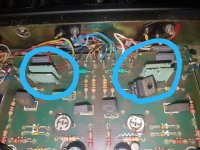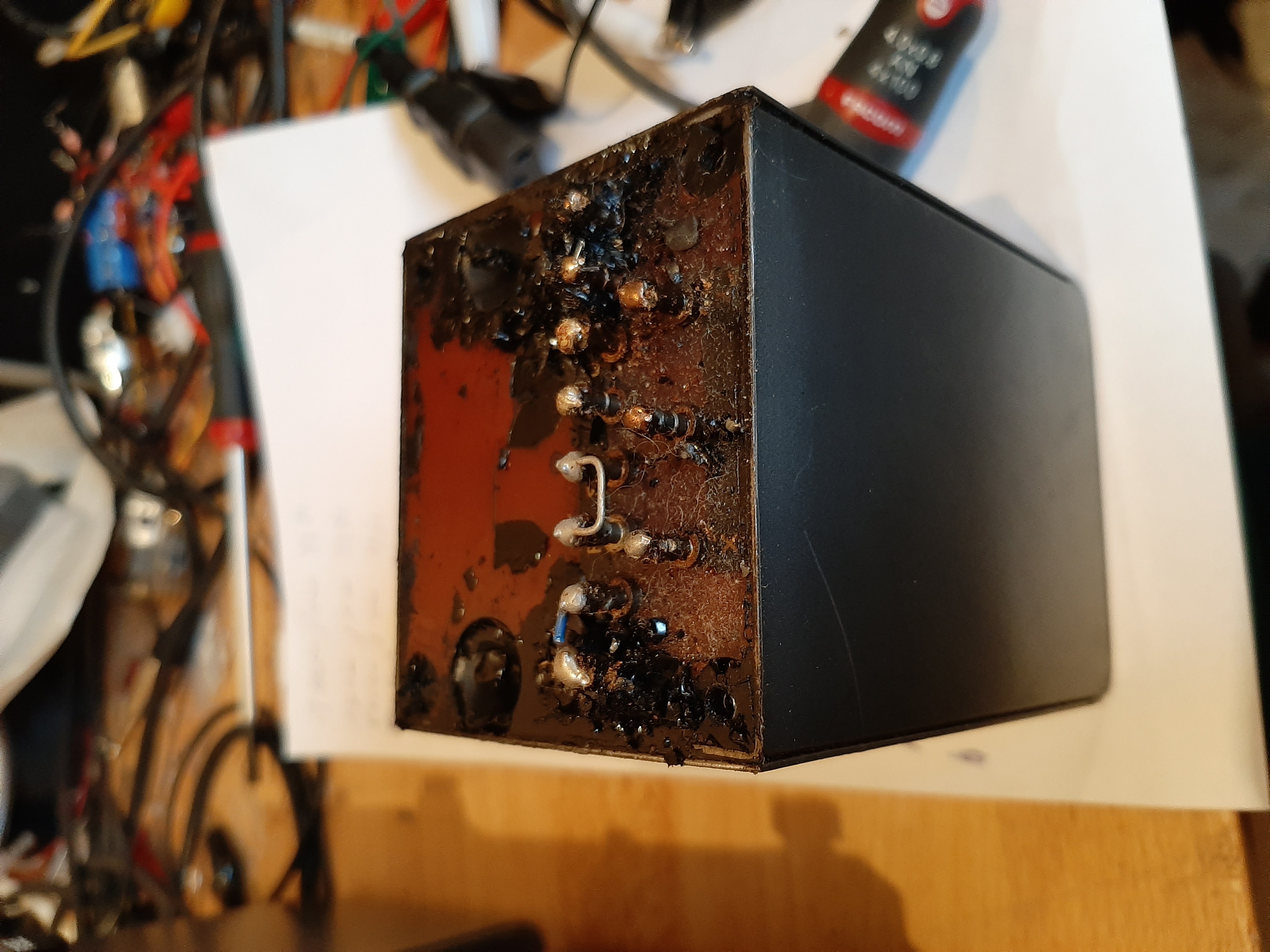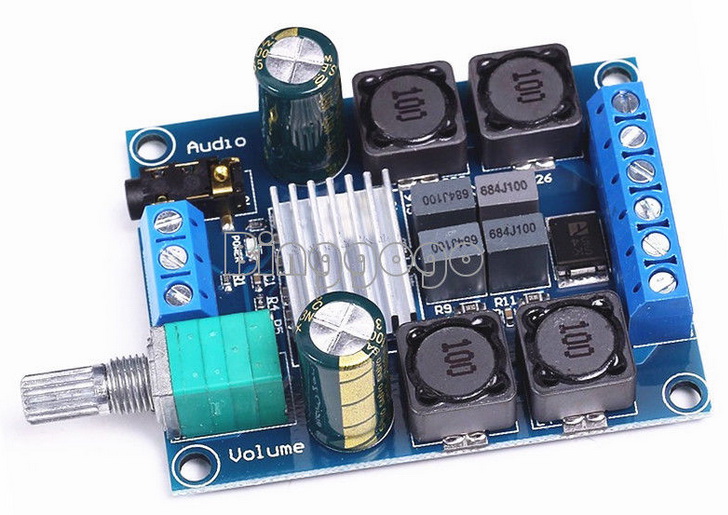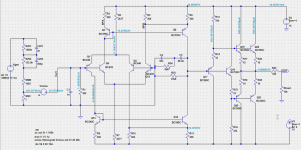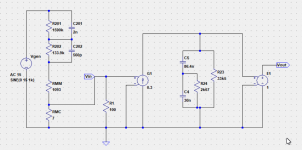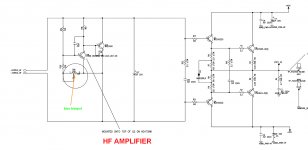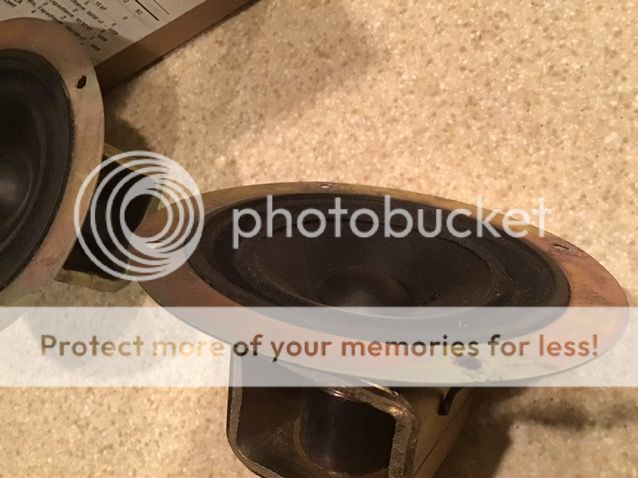Alto TS308 Need Advice on Inverter and Battery
- PA Systems
- 3 Replies
Hi Guys, I originally posted this in "Power Supplies" but just found the PA section....
Hi guys, new here and in the UK (thanks for the add!) I'm hoping someone might have the knowledge to help me out here.
I'm a singer that does small venues and some charity busking for local good causes such as our local food bank..
I recently bought an Alto Uber Fx Portable PA (Battery/mains powered) which works really well EXCEPT for one thing, in certain settings it's underpowered and turning the thing up just creates distortion on my vocal. It has a lot of great features though and I want to persevere with it if possible.
It has a 1/4" mono jack Line Out socket so I could connect an extension speaker for additional volume but that would need to be active. I have a pair of Alto TS308 (specs here: Alto TS308 PA Speaker | getinthemix.com) and I'd like to use one of them to reinforce the sound in certain instances but here's the issue - I'd like to run it from an inverter so that busking is mains cable free. I anticipate running it at about 50% volume for around 4 hours maximum. Obviously quite a lot of that time it wouldn't be being driven (between songs etc) but I wondered if anyone could tell me - What size inverter would I need and what size (AH) battery would run it for that period? Any help is very welcome
Hi guys, new here and in the UK (thanks for the add!) I'm hoping someone might have the knowledge to help me out here.
I'm a singer that does small venues and some charity busking for local good causes such as our local food bank..
I recently bought an Alto Uber Fx Portable PA (Battery/mains powered) which works really well EXCEPT for one thing, in certain settings it's underpowered and turning the thing up just creates distortion on my vocal. It has a lot of great features though and I want to persevere with it if possible.
It has a 1/4" mono jack Line Out socket so I could connect an extension speaker for additional volume but that would need to be active. I have a pair of Alto TS308 (specs here: Alto TS308 PA Speaker | getinthemix.com) and I'd like to use one of them to reinforce the sound in certain instances but here's the issue - I'd like to run it from an inverter so that busking is mains cable free. I anticipate running it at about 50% volume for around 4 hours maximum. Obviously quite a lot of that time it wouldn't be being driven (between songs etc) but I wondered if anyone could tell me - What size inverter would I need and what size (AH) battery would run it for that period? Any help is very welcome






















